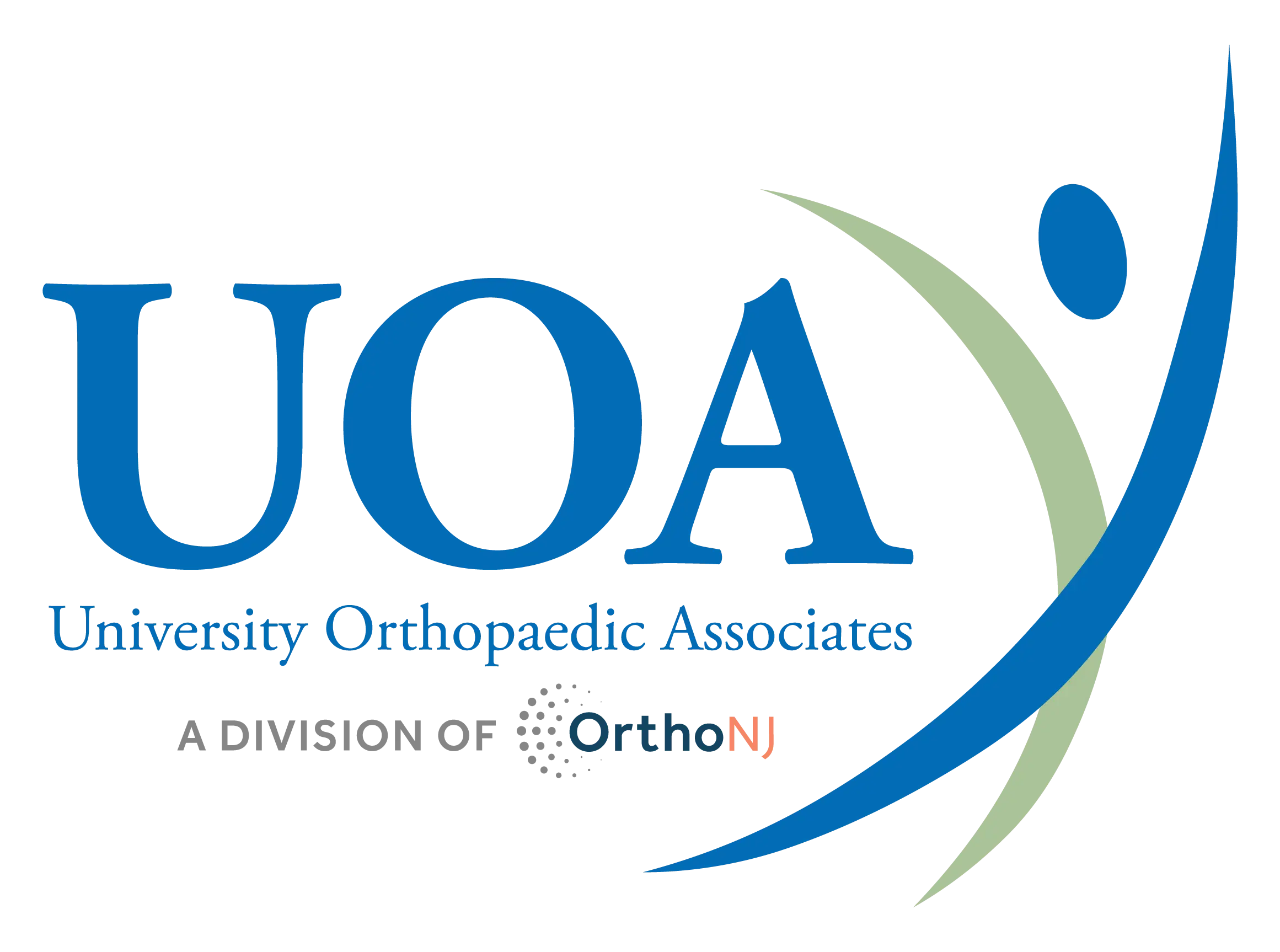Q&A with Dr. Monica: Reverse Shoulder Replacement

Americans undergo approximately 67,000 shoulder replacement surgeries per year. One type of specialty procedure is reverse total shoulder replacement, also known as reverse shoulder arthroplasty (RSA). In a nationwide study, reverse shoulder arthroplasty accounted for 42 percent of all primary shoulder arthroplasty procedures in 2011.
University Orthopaedic Associate’s Dr. James T. Monica is specially trained in this procedure. He is a board certified orthopaedic surgeon with dual fellowship training at the Massachusetts General Hospital, Harvard Shoulder and Elbow Fellowship and Hand Surgery Fellowship, as well as open and arthroscopic shoulder surgery. His shoulder fellowship was largely dedicated to joint replacement surgery, including reverse total shoulder arthroplasty.
Q: What type of patient is best served by reverse total shoulder replacement?
Typically, this surgery is for older patients with a combination of arthritis and a large rotator cuff tear that isn’t repairable. These are degenerative tears that often go unevaluated and untreated, so by the time the patient gets to me the tear is so large and has been there so long that the muscle no longer functions. Over time, arthritis develops from the joint not working properly due to the nonfunctioning rotator cuff. Also indicated for this procedure are older people with severe proximal humerus fractures, which are common fractures of the shoulder in older people.
Q: This surgery sounds very ingenuous. Can you explain why?
The job of the rotator cuff is to keep the shoulder joint in a normal position. The shoulder joint is a ball and socket. The rotator cuff keeps the ball centered on the socket, and allows larger muscles like the deltoid and pectoralis major (chest muscle) to move the arm. If you don’t have functioning muscles and tendons holding the ball centered in the socket, then replacing the joint with a standard shoulder replacement will not work well. The standard total shoulder replacement relies on the rotator cuff to work well while the reverse does not. Only one out of the four parts of the rotator cuff has to be working for the reverse to do its job. The reverse shoulder replacement was invented in France by Dr. Paul Grammont in 1985, and first used in the United States in 2004. It is, in fact, ingenious. Its main advantage is that it keeps the socket centered on the ball because it is a more constrained system than a total shoulder replacement.
Q: Is this surgery indicated more to relieve pain or to restore function?
That’s an important question. It’s meant to address both. Pain is the primary indication, and poor function as well. However, I would not recommend this surgery to someone without pain being present. It is a fairly involved surgery, and like any surgery, it can have complications. It wouldn’t make sense to have more pain (after a surgery) than before a surgery.
Basically, I take a conservative approach on recommending the surgery. For a large, irreparable rotator cuff tear and poor function, but no pain, I recommend trying physical therapy first. A steroid injection is an option if mild pain is present. For elderly patients with severe proximal humerus fractures a reverse procedure may be a good option initially.
Q: How many of these surgeries do you do, and can you give an example of a patient?
I do around eight reverse total shoulder replacements a year (of the regular shoulder replacements, I do about 20). This is a procedure for those age 60 and older. The youngest patient I’ve done this surgery for is 60 and the oldest 80. I wouldn’t do it in someone younger, because there is a high revision surgery rate beyond 10 to 15 years.
One patient who comes to mind is in his early 60s. He had massive irreparable rotator cuff tears on both shoulders. He had arthritis, was in pain and had poor function. He first tried physical therapy and then corticosteroid injections. I did surgery on his right shoulder, and a year later on his left shoulder. He has restored to full function, which means he is able to raise both arms over his head without pain, as well as put his hands on the back of his head. His ability to reach out and lift things away from his body is intact.
Q: Is reverse total shoulder replacement recovery similar to recovery for other shoulder joint replacement, or other joint replacement?
Reverse total shoulder replacement surgery takes the same time as a regular shoulder replacement and entails pretty much the same amount of therapy. So it stands to reason that the recovery is similar as well. The patient is in a sling for four weeks. Physical therapy includes range of motion and strengthening. Strengthening is done for six weeks to two months. The patient usually starts feeling recovered and discontinues therapy after four to five months.
Q: Early and mid-term studies of outcomes of this surgery have been very promising. However, very few long-term studies currently exist. What is your personal experience?
Typically, I ask patients to rate their shoulder recovery. Reverse total shoulder replacement has been in the 80 to 90 percent range. So far, I haven’t had any need to revise or reverse this surgery. But if you look at the literature, the overall complication rate for reverse total shoulder replacement can be as high as 24 percent.
Careful patient selection for this surgery is critical. I do a detailed exam, then, as is done in other procedures, I go through the surgery risks. I obtain medical clearance from the primary care physician. The patient should have minimal if any health problems. I order a CT scan of the area for preoperative planning.
It’s important to consider the risk-benefit ratio of this surgery, as with any surgery. There is risk. There is the possibility of infection or instability. The prosthesis could dislocate. They are rare outcomes, but nerve injury, bleeding can occur or the prosthesis can fail. You have to take into account these risks.
To determine if you are a candidate for reverse total shoulder replacement, or other procedures, contact University Orthopaedic Associates.

